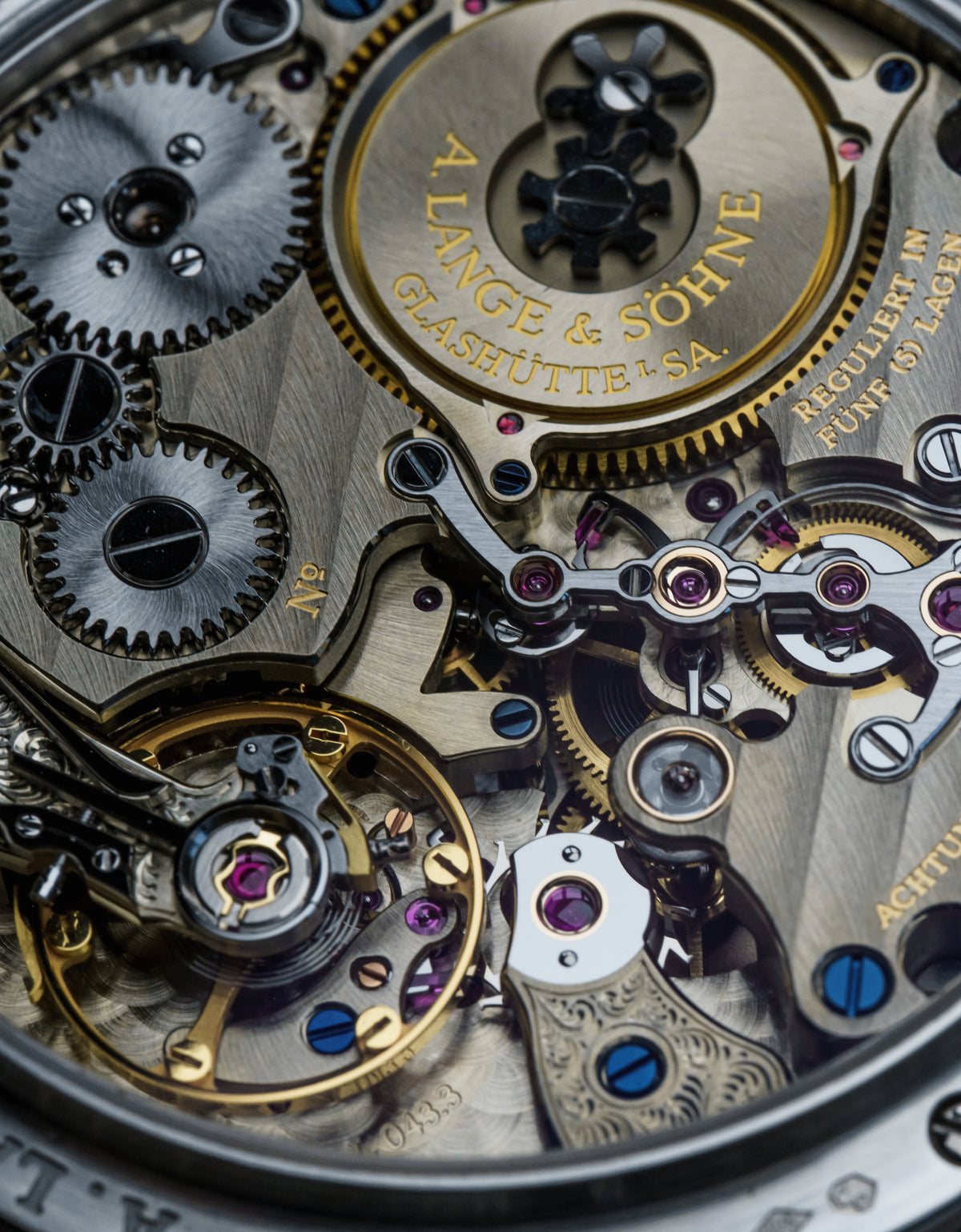1004 Breitling Superocean
The first time you lay eyes on a ref. 1004 is a lot like the first time you learn how Germany’s energy is sourced: you sort of think, ‘Huh, that’s a strange beast. Surely that doesn’t work?’ In both cases, you’d be right. The 1004 is the reference that launched the Superocean line and was only produced for a few short years. It didn’t really ‘work’ in the sense of sales or longevity. These watches were designed to be highly legible underwater, robust, but also styled as elegantly as possible. They were marketed to the gentleman-casual diver, beach to boardroom. As it turns out, the 1950s gentleman-casual diver didn’t really exist and sales were slow. However, today, the 1004 is a highly collected diver as Breitling’s earliest, thought to be one of fewer than a dozen to survive today.

Breitling makes watches for aviators. This is their marketing, this is their IP, and this is their history. And yet, Breitling have made some of the world’s most gorgeous bits of submersible steel, the likes of which are often totally overlooked. This Superocean debuted in 1957, alongside a dive chronograph ref. 807 with a similar design (interestingly the 807 is the first known reverse panda dial). Breitling were there at the start, just after Blancpain, sold alongside JLC’s Deep Sea and the earliest Subs. The design, though, is different. Really different, so too was what followed in the ref. 2005. The indices with daggers through dots of radium are just sick. So too, the elongated plots. And the font selection on that Superocean signature is just sexy in the same way that the vintage ‘turbo’ font on 993 rears gets me hot.

But Breitling’s rotating bezel was the most radical bit. For reasons unknown to everyone, Breitling designed its bezel to angle the opposite direction to every other watchmaker (except the Gruen Ocean Chief and Rado Captain Cook, used the same case after). But there was a problem; this was a watch which went in the ocean. Seawater would collect and rest in between the crystal and bezel’s bottom when set down, a notorious fault of this design. That water would eventually corrode the case, get under the crystal, eat at the bezel, and cause all sort of havoc over time. If it was rare to begin with, that’s why these are neigh on unicorns these days; many simply didn’t make it. Let’s hope Germany fares better. Beautiful though, if you can find one.

The corrosion you see on the hands, and to a lesser extent dial here, are not that, it’s radium burn. You almost never see these without some radium burn unless they’ve been retouched. It’s a good thing to see for those who like original and honest. The dial here is remarkably well-preserved. A majority of the time you’ll see the lume very burned or the dial with moisture damage. This is clean and collected. Its case appears strong and the bezel is lovely. It comes on a generic mesh bracelet that is very close in design to the original these came on. It’s powered by a B125, a Felsa base, said to be running well. It comes from a well-regarded Argentinian retailer.









































0 comments
Write a Comment